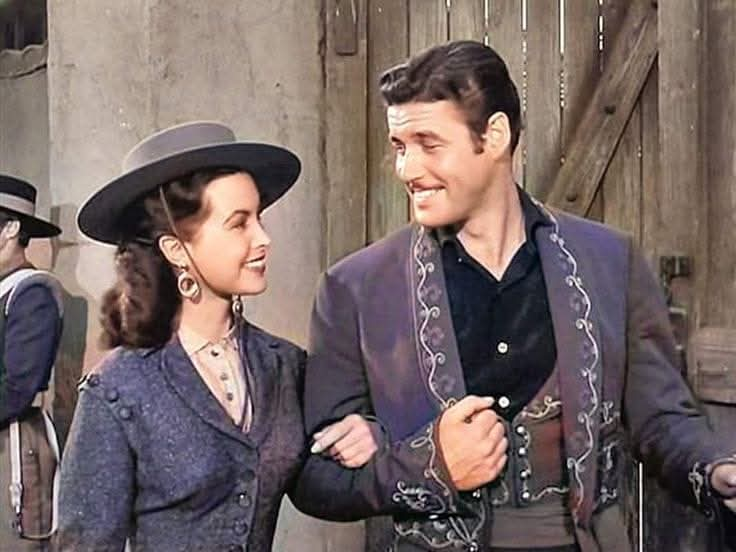Description
As I mentioned when I started this project, the purpose of this column is to examine all of the Disney studio’s theatrical output in order of its American release. This means that TV productions like The Horsemasters and Hans Brinker that screened theatrically overseas won’t be appearing here. The Sign Of Zorro, a compilation of TV episodes originally broadcast back in 1957, first premiered overseas in late 1958. By the time it hit American theatres in June of 1960, Zorro was essentially over.
Zorro first appeared in the 1919 novel The Curse Of Capistrano by prolific pulp writer Johnston McCulley. A year later, the character made his movie debut with Douglas Fairbanks starring in The Mark Of Zorro. Both the book and the film were incredibly popular, leading McCulley to write dozens more Zorro stories, more movies (notably the 1940 version starring Tyrone Power), serials, comics and assorted rip-offs. Somewhere along the way, a little kid named Bruce Wayne saw a version of it just moments before his parents were senselessly murdered in front of him. But that’s another story.
Walt acquired the TV rights to Zorro in 1952, hoping to attract a network that would help finance the construction of Disneyland. Nobody was willing to give Zorro a greenlight without a pilot, a prospect Walt found somewhat insulting given his track record. However, Walt did reach a deal with ABC to produce the anthology series Walt Disney’s Disneyland, which premiered in 1954. After Disneyland and The Mickey Mouse Club both proved popular, ABC agreed to take a chance on Zorro.
To play the title character, Walt cast Guy Williams, a former fashion model who had been kicking around Hollywood for a few years, appearing mostly in smaller supporting parts. Williams was presumably cast solely on the basis of his good looks and the fact that he knew how to wield a sword. Certainly there was nothing in his professional background to suggest that he could anchor a series, much less pull off a dual role.
As it turned out, Walt’s instincts were correct. Guy Williams is a terrific, swashbuckling Zorro. He looks like he’s genuinely having fun, which is something of a prerequisite for this character. You can understand why kids everywhere tried emulating his Zorro, resulting in a schoolyard epidemic of slashed and graffitied Z’s.
Pantomime artist Gene Sheldon won the role of Zorro’s devoted, mute manservant, Bernardo. Broadway actor Henry Calvin was cast as the bumbling Sergeant Garcia. Both actors would appear in the Kevin Corcoran circus vehicle Toby Tyler, a movie we’ve already covered in this column but was filmed after Zorro had completed its second season. Sheldon and Calvin will be teamed up again soon.
The impulse behind The Sign Of Zorro was the same one that led to the two Davy Crockett features. Overseas audiences didn’t have access to Disney’s TV productions unless they were given a theatrical release. Once international audiences proved that the TV stuff played just as well on the big screen, why not release them in the States?
But there’s an important difference between Davy Crockett and Zorro. The Crockett programs were both miniseries. Each one of the films simply assembled all three episodes of its respective series. But Zorro was an ongoing, weekly series with story arcs that tended to run for about 13 weeks. The Sign Of Zorro was compiled from the first arc, following Don Diego de la Vega’s arrival in Los Angeles, the creation of the Zorro persona, and his defeat of greedy tyrant Captain Monastario (Britt Lomond, previously seen as General Custer in Tonka). That’s a whole lot of story to whittle down from 8 half-hour episodes to a brisk 90 minutes.
Given those limitations, it’s a little surprising that The Sign Of Zorro is as coherent and enjoyable as it is. I haven’t seen the TV series, so I’m not entirely sure what material was left on the cutting room floor. That’s a good thing. If at any moment the audience starts to suspect they’re missing something, the project would have to be considered a failure.
I suspect the TV version makes more use of George J. Lewis as Zorro’s father, Don Alejandro de la Vega. Lewis was a veteran character actor who had earlier starred in the Zorro-In-Name-Only serial Zorro’s Black Whip. He’s mostly stuck on the sidelines in the feature version but he stayed with the series to the end.
More than anything, The Sign Of Zorro reminds me of a greatest-hits album. You get a little taste of everything that made the TV show fun. There’s the catchy theme song by Norman Foster and George Bruns, performed by the Mellomen. (The Chordettes, the girl group best known for “Lollipop” and “Mr. Sandman”, got as high as #17 on the pop chart with their version in 1958.) You get a little flavor of the comedic touch Sheldon and Calvin brought to their roles. Williams and Lomond are well-matched and get in some exciting swordplay. It’s all just enough to leave you wanting to see more Zorro adventures.











Avis
Il n’y a pas encore d’avis.